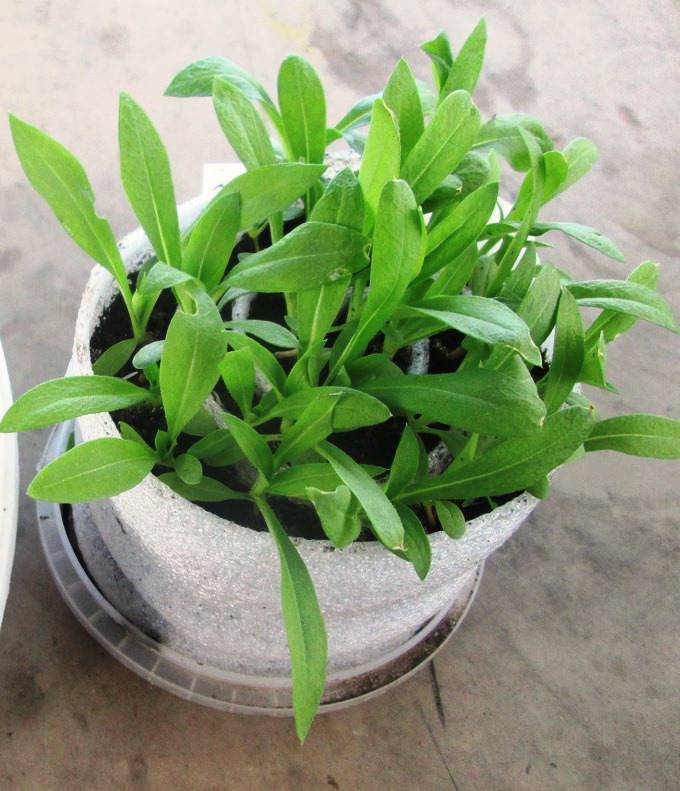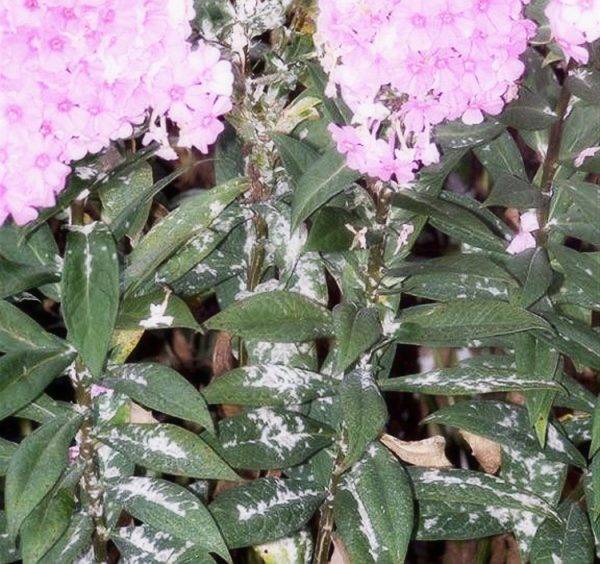Annual phlox: planting and care
Content:
Phlox is translated from Greek as "flame". The homeland of phlox is America, despite the fact that the name is Greek. Bright, emitting a persistent aroma of phloxes are a decoration of any garden. There are more than 85 species of them in nature, about 40 cultivated phloxes. The most beautiful terry plants are pleasing to the eye in any weather. They are planted in the garden, along the paths, and undersized varieties look great on balconies in boxes.
Description of annual phlox
In the Sinyukhov family there is a species that grows one season from spring to autumn - Drummond (Phlox Drummondii). Its main differences from perennial phlox:
- unusual, like a snowflake, the structure of the bud;
- coloring: coffee, peach, chocolate, beige tones, as well as a delicate shade of whipped cream (only pink and raspberry perennials).
Necessary conditions for growing seeds
Knowing some of the secrets of growing flowers, it is not difficult to succeed:
- disinfect the soil in boxes 7 days before planting with manganese;
- germination temperature not lower than 18 ° С;
- after emergence - up to 21 ° С;
- after a couple of weeks, a decrease in the temperature regime (hardening) by 7 °;
- air humidity not less than 70%;
- place the container with seedlings on the sunny side.
Having created a favorable climate, seedlings will appear together in a week.
Planting and caring for annual phlox
A novice gardener should know: a new specimen of perennial phlox is obtained by dividing a bush, annual phlox reproduce by self-sowing, seedlings and sowing directly into the ground.
Having planted seedlings, you can get blooming phlox in early June, which is a whole month earlier than sowing in the ground, and winter crops will delight in May.
Winter method: in the fall, as soon as foliage falls from the cherries, lay planting material into the prepared soil to a depth of 0.5 cm and cover them until spring.
The initial material for planting in the fall can be collected from your own plants when the foliage begins to fall:
- In the flowerbed, choose a suitable phlox bush and cut it to the very root.
- Bring into the room for ripening.
- Dry by spreading on a towel or paper.
- Gently shake the boxes and separate from the chaff.
Store the seeds until spring in a paper box.
Choosing a place for planting, soil
Phlox loves a lot of sun and does not tolerate rain, it is better to place it in elevated and well-lit places. Before planting, you need to carefully dig up the ground, remove the roots of the weed, add humus and a little sand. As a result, the soil should be loose and nutritious. Most importantly, no clay, phlox does not tolerate it.
Seed preparation for sowing
To grow healthy seedlings, seed is prepared in a special way:
- Pour phlox seeds on a layer of cotton wool and cover them with another layer.
- Moisten cotton wool with water at a temperature of at least 40 ° C.
- Place in a warm place near the battery, if it is not too hot.
- Moisten constantly so that the cotton wool does not dry out.
On the fifth day, you can plant.
How to sow seeds for seedlings
Planting material soaked in a special solution for germination after 3-5 days is ready for planting.
One-year-old phlox for seedlings are sown in two ways:
- in a prepared deep container with a moist and loose substrate, spread the seeds on the surface;
- plant seeds in a nutritious soil mixture to a depth of no more than 0.5 cm.
Care for both options in the future is the same:
- cover them with film or glass;
- be sure to open every morning to ventilate and remove the formed condensate;
- during the entire time before emergence, when the surface of the soil dries up, gently moisten it from a spray bottle.
After a week, you can see how phloxes emerge in different ways: laid out on the surface - all together, while others - will come out at different times and not all.
Seedling care rules
After the first shoots of phlox appear, it is no longer possible to close the box with foil. Watering young shoots should be moderate, trying not to overdry or flood. Excessive watering is most dangerous, as black mold can form.
The box with the young should be placed in the sun and turned towards the light in different directions so that they do not stretch out.
The temperature should be gradually reduced to 15 ° C, this hardens the seedlings.
Phloxes should be planted according to the lunar calendar on days favorable for planting.
Flower care during and after flowering
As soon as annual phlox are transplanted into open ground, their care changes:
- loosen the ground as necessary;
- bushes should be spud;
- water in the morning or evening;
- apply fertilizers: in May, fertilize with diluted manure (20 g per bucket of water), in June - with superphosphate, in early August - with manure;
- dried flowers must be cut off.
Preparing for winter
In the fall, having collected the seed, you need to dig out all the phlox bushes. Perennials winter in warm areas outside, it is advisable to cover them with compost for the cold season.
Mini phloxes can be transplanted into pots and brought into the room, they will delight with their beauty for some time.
Cover winter plantings for the winter with a special covering material.
How to feed for abundant flowering
In the summer, phloxes must be fed 2-3 times with complex and nitrogen fertilizers.
From the weeds collected in the garden, it is easy to prepare a natural, nitrogen-rich fertilizer: pour the grass when it is infused, dilute in a ratio of 1:10 and water the plants.
Superphosphate can be added once.
What can be grown nearby
All plants with their own special character, no exception and annual phlox, require special attention. To make them comfortable, then choose neighbors that are better suited to them. Get along with phlox:
- thin-leaved marigolds;
- Bonar verbena;
- space yellow;
- heleniums;
- monards;
- hosts;
- astilbe;
- sagebrush;
- asters;
- daylilies;
- basulniks.
Why don't they bloom
There are several reasons for the refusal of perennial or annual phlox from budding:
- insufficient watering or, conversely, excess moisture;
- too little light;
- oxygen does not enter the soil, loosening is required;
- little fertilization.
Pests and diseases
Even domestic phloxes get sick with viral diseases. Seedlings and land purchased from the market can infect them with a fungus or pest. To protect the plants, you need to disinfect the purchased land, tools and containers for planting with boiling water or alcohol.
Viral diseases (not only phloxes are sick):
- curliness of leaves;
- rattle;
- ring spot;
- necrotic spotting.
Most often, phloxes pick up a viral disease - variegation.The pathogen destroys the formation of a coloring pigment - the buds lose their color. A diseased plant must be dug up and destroyed.
You can protect against pests, rodents and suckers by setting up traps. Thrips (small and jumping fleas) appeared - sprayed with chemicals (aktara).
For the prevention of fungal diseases: powdery mildew, rust, septoria, treat with fungicides (topaz).
Diseases are harder to fight, better to prevent.
Phlox is not picky, does not need special attention, but is picky about watering. The main thing is to properly plant the handsome man in the garden and take care of him, providing him with the required conditions.



















